Exotic birds, with their vibrant plumage and playful personalities, are beloved pets in many households. Their dietary needs differ significantly from mammals, requiring special attention to ensure optimal health and longevity. While commercial bird food provides essential nutrients, supplementing with fresh fruits adds vital vitamins, minerals, and antioxidants that support immune function, feather quality, and overall vitality. Not all fruits are created equal when it comes to avian nutrition – some offer exceptional benefits while others pose serious health risks. Understanding which fruits are both safe and nutritionally dense can make a profound difference in your feathered friend’s wellbeing, energy levels, and even their mood and behavior.
Understanding Avian Nutritional Needs
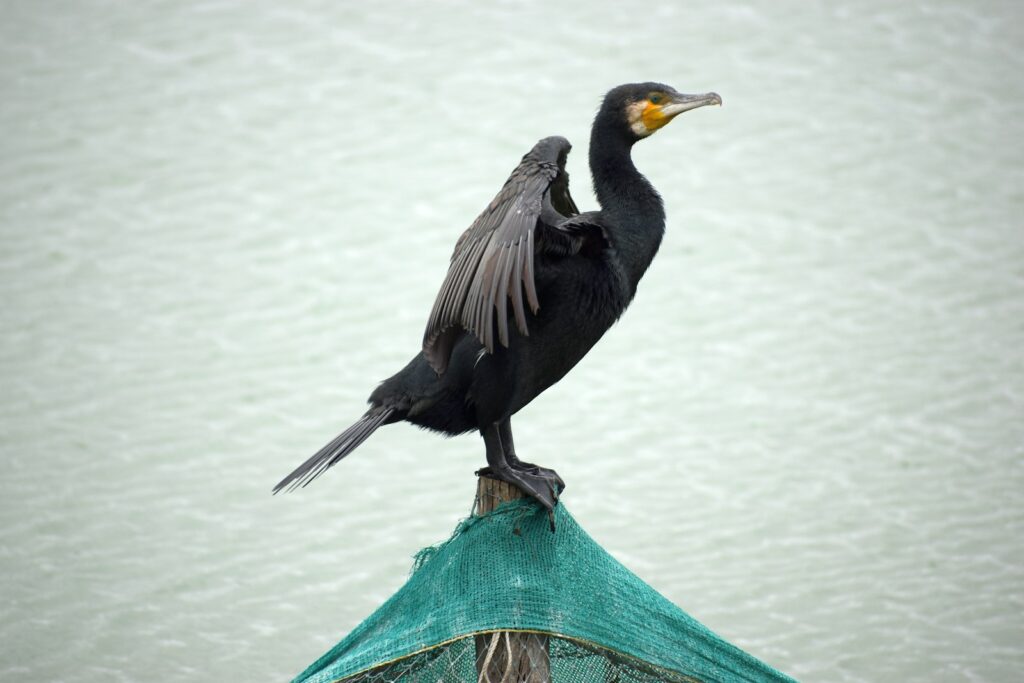
Exotic birds have evolved specialized digestive systems designed to process specific foods found in their natural habitats. Unlike humans, birds metabolize certain compounds differently, which explains why foods safe for us may be toxic to them. Most exotic birds require diets rich in vitamins A, C, E, and K, along with essential minerals like calcium and potassium to maintain healthy systems. Their faster metabolism demands frequent nutrient-dense meals throughout the day, especially for smaller species. Fresh fruits serve as excellent supplementary foods that can provide these vital nutrients in natural, bioavailable forms that commercial pellets alone sometimes lack.
The Importance of Variety in Bird Diets

Offering a diverse selection of fruits introduces different phytonutrients and micronutrients essential for comprehensive avian health. In the wild, birds naturally consume dozens of different food sources, adapting to seasonal availability and their body’s changing needs. This natural variety ensures they receive the full spectrum of nutrients required for optimal health. Rotating fruits in your bird’s diet prevents nutritional deficiencies and reduces the risk of developing food preferences that might lead to unbalanced nutrition. Additionally, variety stimulates mental engagement during feeding, which is crucial for the psychological wellbeing of these intelligent creatures.
Berries: Nutrient-Packed Powerhouses
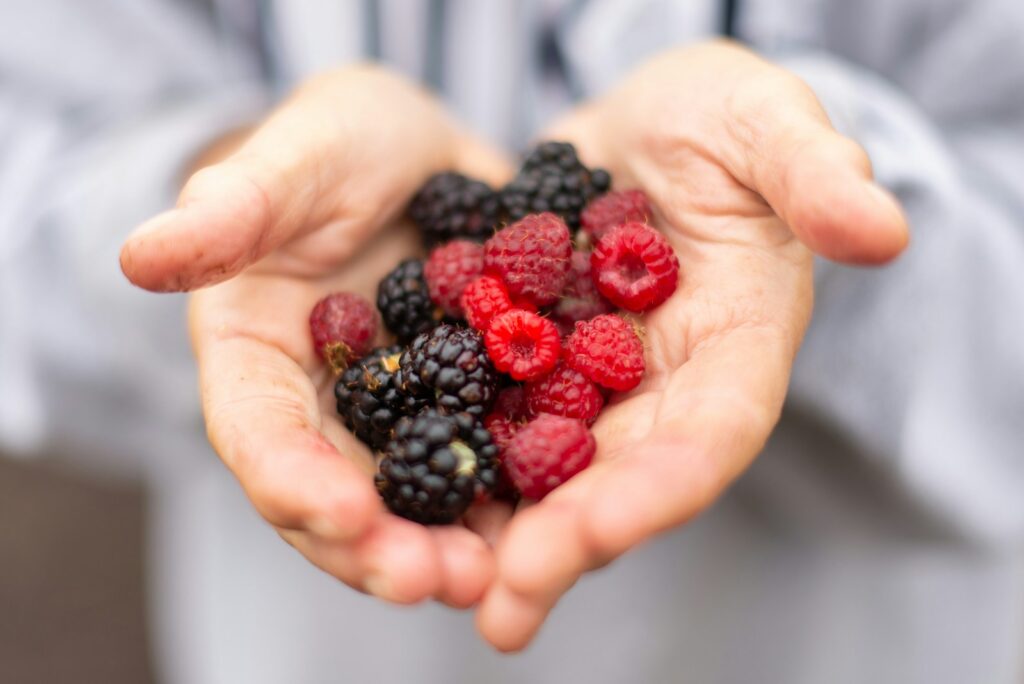
Berries rank among the most nutritionally dense fruits available for exotic birds, offering exceptional benefits in small packages. Blueberries, strawberries, raspberries, and blackberries contain powerful antioxidants that help neutralize harmful free radicals in avian systems. The deep colors of these fruits indicate high concentrations of flavonoids and anthocyanins, which support healthy blood vessels and may reduce inflammation. Their small size makes them perfect for portion control, and their softness makes them easily digestible for most species. Many birds naturally forage for wild berries in their native habitats, making these fruits both biologically appropriate and highly appealing.
Papaya: A Tropical Digestive Aid
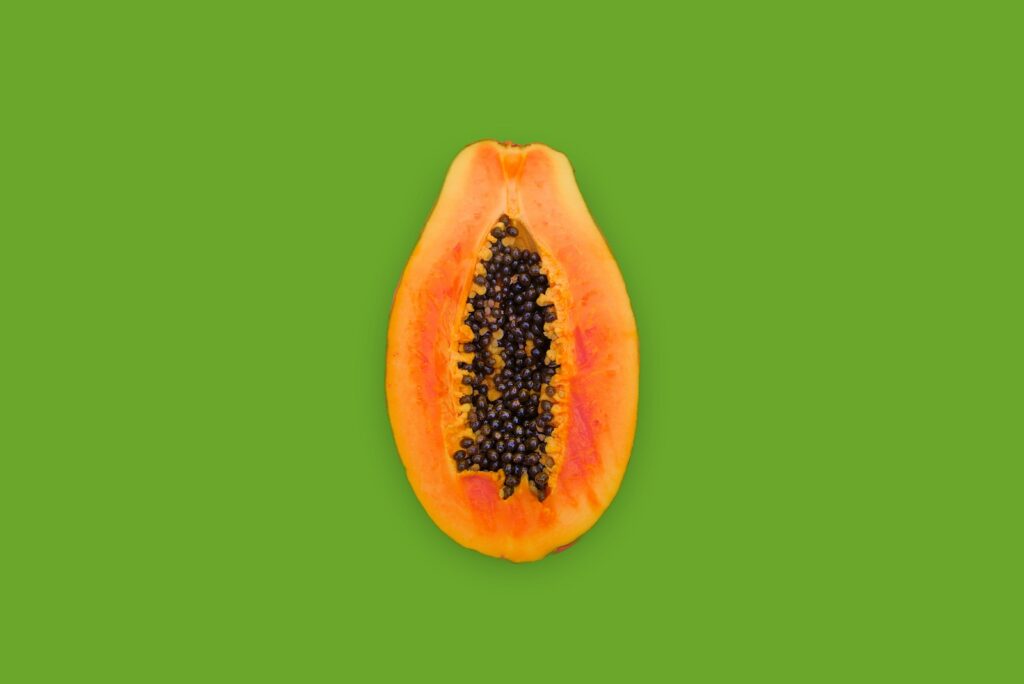
Papaya offers exceptional nutritional benefits for exotic birds, particularly those from tropical regions where this fruit grows naturally. Rich in digestive enzymes like papain, it aids in protein breakdown and can help alleviate minor digestive discomfort in birds. The vibrant orange flesh contains substantial amounts of vitamins A and C, supporting immune function and promoting healthy vision, which is crucial for birds’ survival instincts. Papaya’s soft texture makes it accessible even for smaller species with more delicate beaks. The seeds, when fed in moderation, contain beneficial compounds that some bird owners report may help with parasite management, though this should be discussed with an avian veterinarian before implementation.
Mango: Vitamin-Rich Tropical Treat
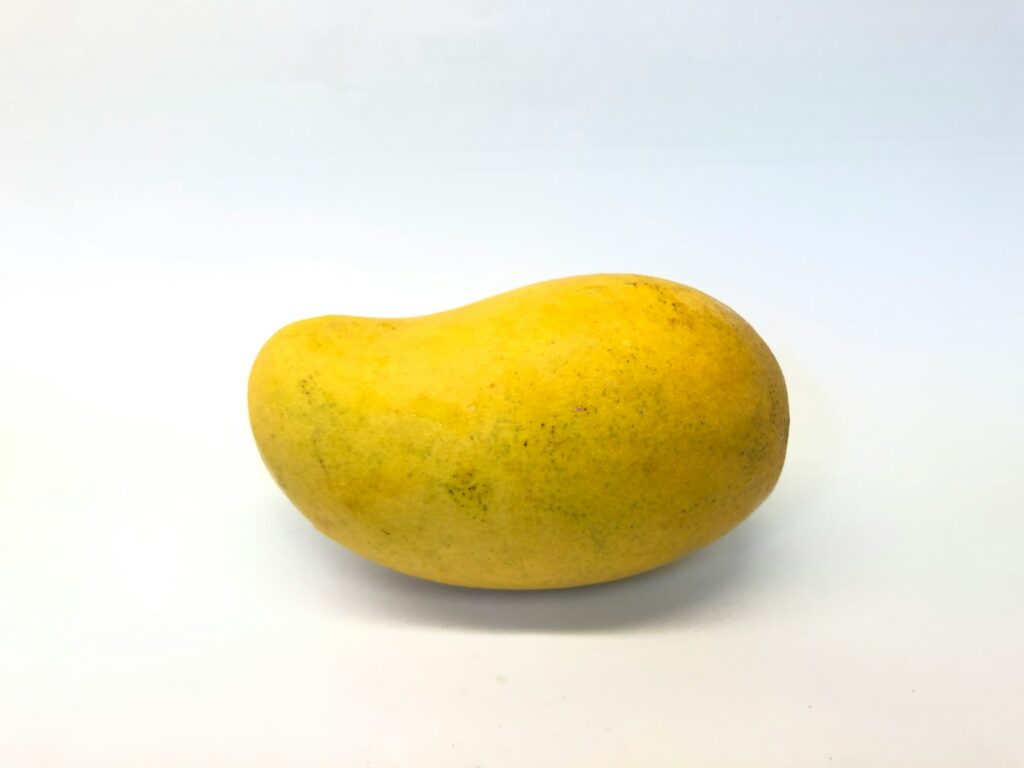
Mangoes provide exotic birds with exceptional stores of vitamins A, C, and E, supporting overall health from immune function to feather quality. Their sweet flavor appeals to most species, making them valuable for encouraging hesitant birds to try new foods. The bright orange flesh indicates high levels of beta-carotene, which birds efficiently convert to vitamin A – an essential nutrient for maintaining healthy mucous membranes and respiratory systems. Mangoes can be served in various ways: diced into appropriately sized pieces for smaller birds, or left in larger chunks that allow larger parrots to grip and manipulate their food, encouraging natural foraging behaviors. Remember to always remove the skin and pit before offering mango to your feathered companion.
Apples: Versatile and Fiber-Rich
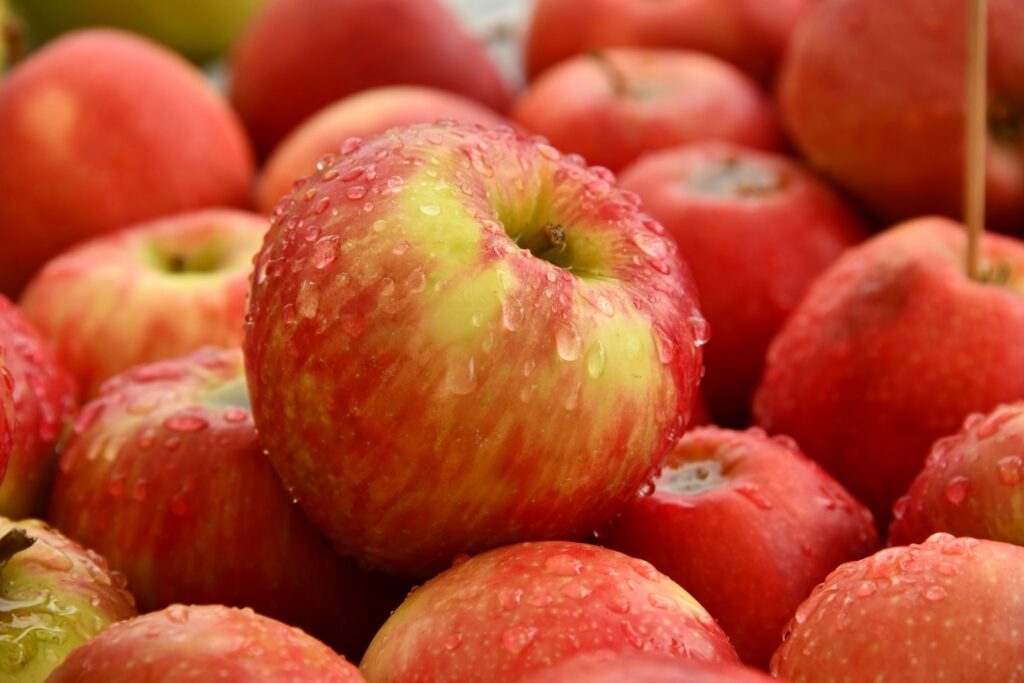
Apples represent one of the most accessible and beneficial fruits for exotic birds across various species. Their crisp texture promotes natural chewing behaviors that help maintain beak health and provide enrichment. Rich in pectin and fiber, apples support digestive health and can help regulate droppings in birds prone to loose stools. The skin contains additional beneficial compounds, but should only be included if the apple is organic and thoroughly washed to remove any pesticide residue. It’s absolutely critical to remove all seeds and cores before feeding apples to birds, as apple seeds contain small amounts of cyanide compounds that can be harmful when consumed regularly or in larger quantities.
Pomegranate: Antioxidant-Rich Superfood
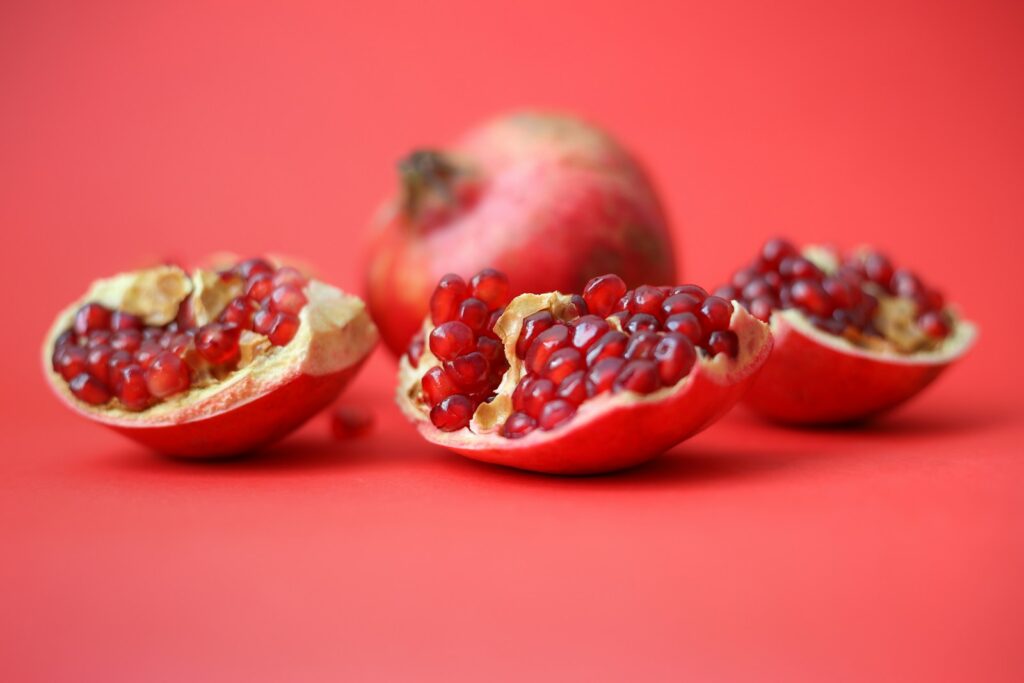
Pomegranate arils (seeds) offer exotic birds concentrated nutrition in tiny packages, making them particularly suitable for smaller species. These ruby-red jewels contain potent antioxidants called punicalagins and anthocyanins that help combat cellular damage and support cardiovascular health. The slight tartness appeals to many bird species who naturally seek varied flavor profiles in their diet. Each aril provides a perfect combination of juice, flesh, and crunchy seed that creates a satisfying sensory experience for birds while exercising their beaks and tongues. The seeds also contain beneficial fatty acids that support healthy skin and feather condition, particularly important during molting periods.
Kiwi: Vitamin C Champion
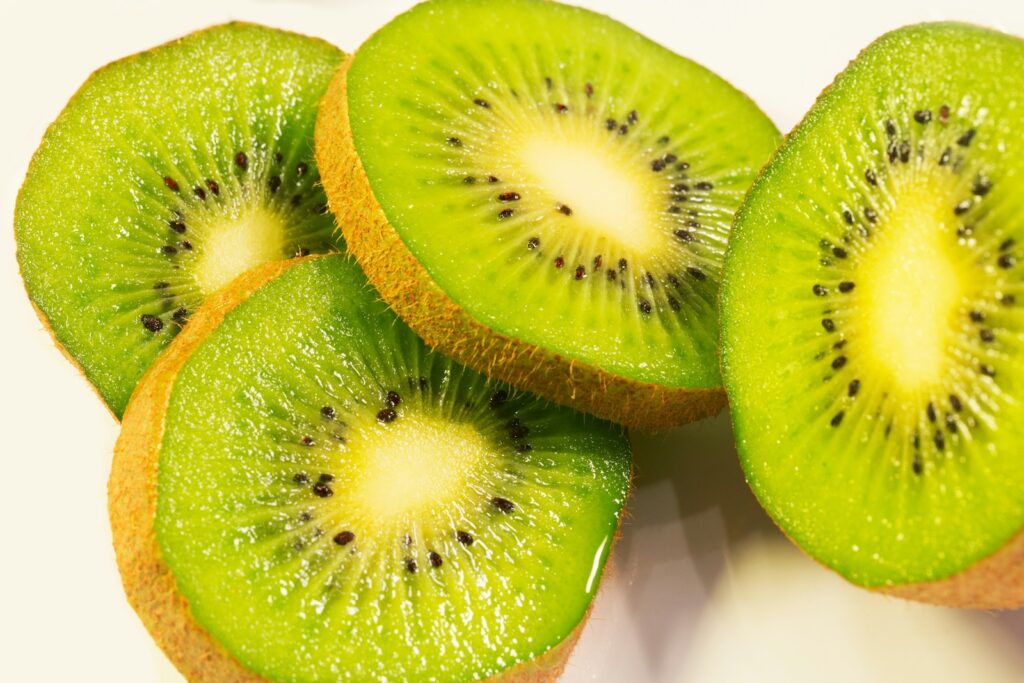
Kiwi fruit provides one of the highest concentrations of vitamin C available in the fruit world, significantly bolstering avian immune systems. This nutrient-dense fruit also contains vitamin K, vitamin E, potassium, and fiber in substantial amounts, supporting multiple body systems simultaneously. The tiny black seeds are safe for birds to consume and contain beneficial omega-3 fatty acids that promote inflammation management and cardiovascular health. Kiwi’s unique flavor profile – a balance of sweet and tangy – generally appeals to parrots and other fruit-eating exotic birds. The soft texture makes it accessible even for smaller species or elderly birds who might struggle with harder foods.
Fruits to Feed in Moderation
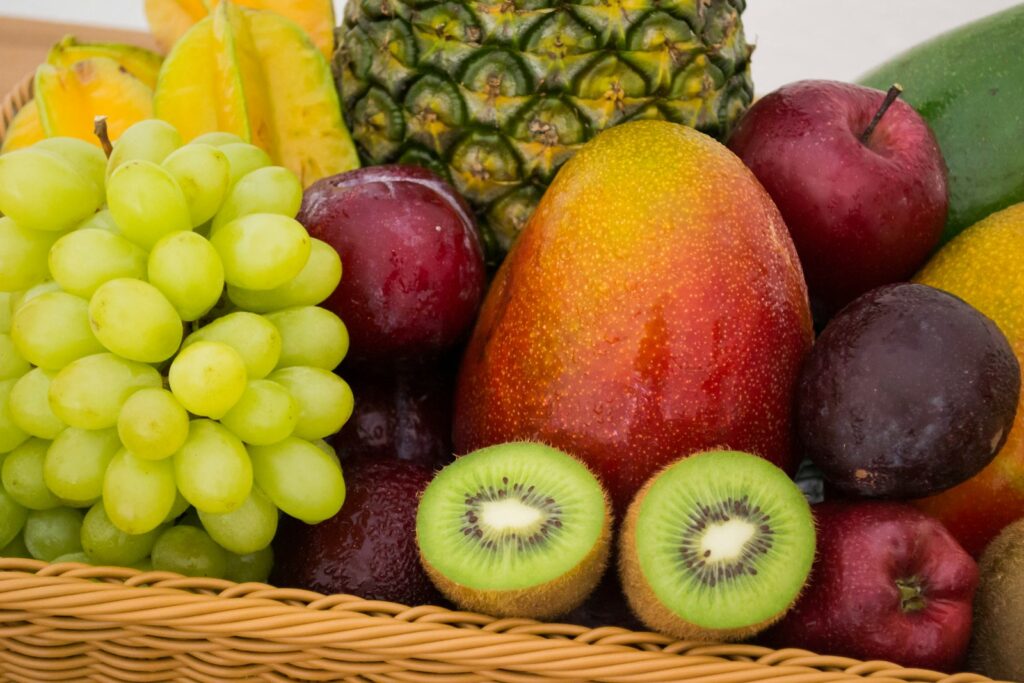
Some fruits, while safe for birds, should be offered less frequently due to their higher sugar content or specific compounds. Bananas are beloved by many birds but should be limited due to their high sugar content and relatively lower nutrient density compared to other fruits. Grapes are generally safe but contain higher levels of natural sugars that can contribute to obesity when overfed. Citrus fruits like oranges and grapefruits are safe for most parrot species in moderation, but may cause digestive upset in some individuals, particularly smaller birds with more sensitive systems. Monitoring your bird’s droppings and behavior after introducing these fruits can help determine appropriate serving frequencies for your specific pet.
Proper Preparation Techniques
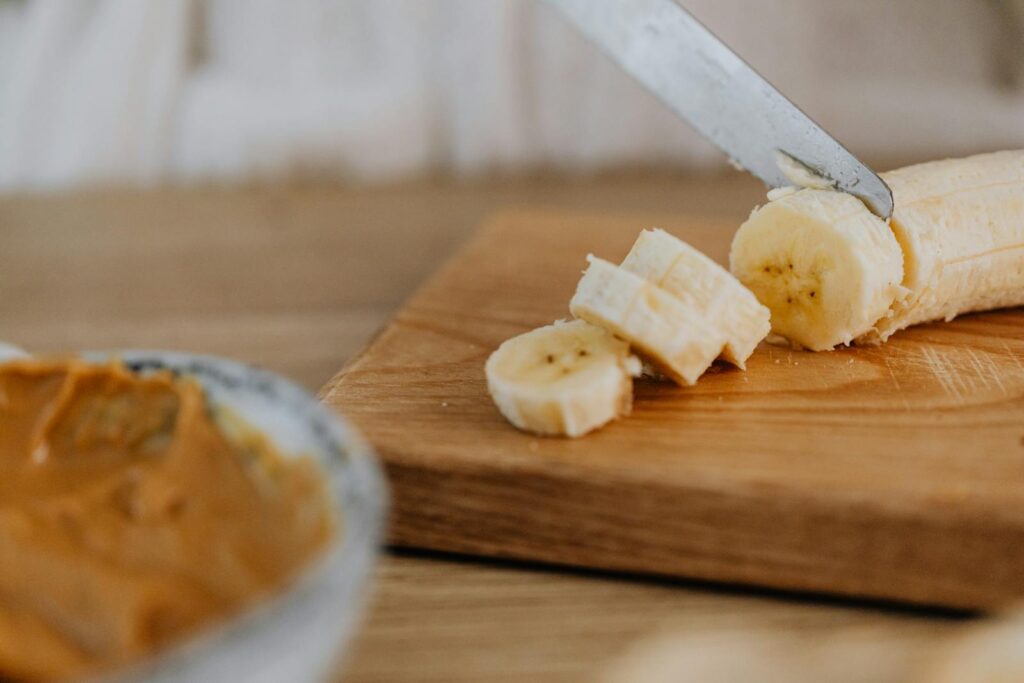
Proper fruit preparation significantly impacts both safety and nutritional value for exotic birds. Always wash all fruits thoroughly under running water, using a produce brush when appropriate, to remove potential pesticide residues, agricultural chemicals, and environmental contaminants. Organic options are preferable when available, particularly for fruits with edible skins. Cut fruits into appropriately sized pieces based on your bird’s species – smaller birds need tiny portions while larger parrots can manage bigger chunks that encourage natural tearing and manipulating behaviors. Remove all pits, seeds, and cores from fruits like apples, cherries, and peaches, as these often contain compounds toxic to birds. Serving fruits at room temperature rather than cold from the refrigerator makes them more palatable and easier for birds to digest.
Dangerous Fruits to Avoid
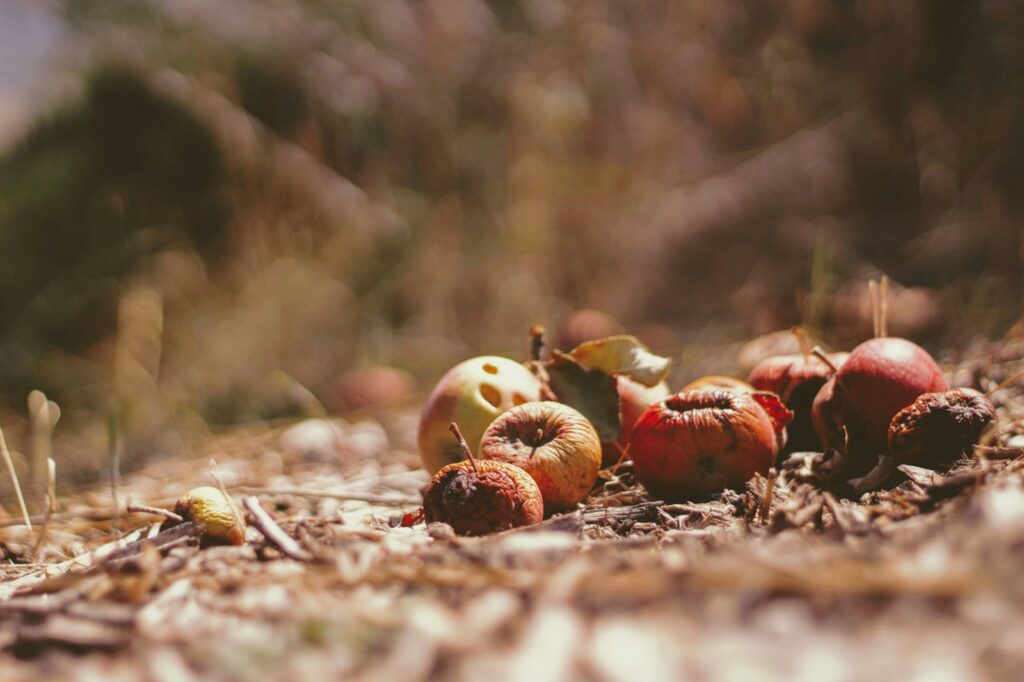
Several fruits pose significant health risks to exotic birds and should be completely avoided in their diets. Avocados contain persin, a fungicidal toxin that can cause severe cardiac distress or even death in birds, making them one of the most dangerous foods regardless of portion size. The pits and seeds of cherries, peaches, plums, and apricots contain cyanide compounds that are highly toxic to birds even in small amounts. Rhubarb contains oxalic acid which can affect calcium metabolism and cause kidney problems in avian species. Fruit pits and apple seeds contain amygdalin, which converts to cyanide during digestion and can cause poisoning even in relatively small quantities. When in doubt about a fruit’s safety, always consult with an avian veterinarian before introduction.
Introducing New Fruits to Picky Eaters

Many exotic birds, particularly those previously fed limited diets, may show initial reluctance toward new fruits. Patience and persistence are key – it often takes 10-15 exposures before a bird accepts a new food item. Try offering new fruits early in the morning when birds are naturally hungriest and more willing to experiment. Modeling eating behaviors can be remarkably effective; many social bird species learn through observation, so pretending to eat and enjoy the fruit yourself may spark their curiosity. Mixing tiny pieces of new fruits with established favorites can help create positive associations. Some birds respond well to different textures – if they reject sliced mango, they might accept it pureed or mashed to a different consistency.
Creating Balanced Fruit Rotations
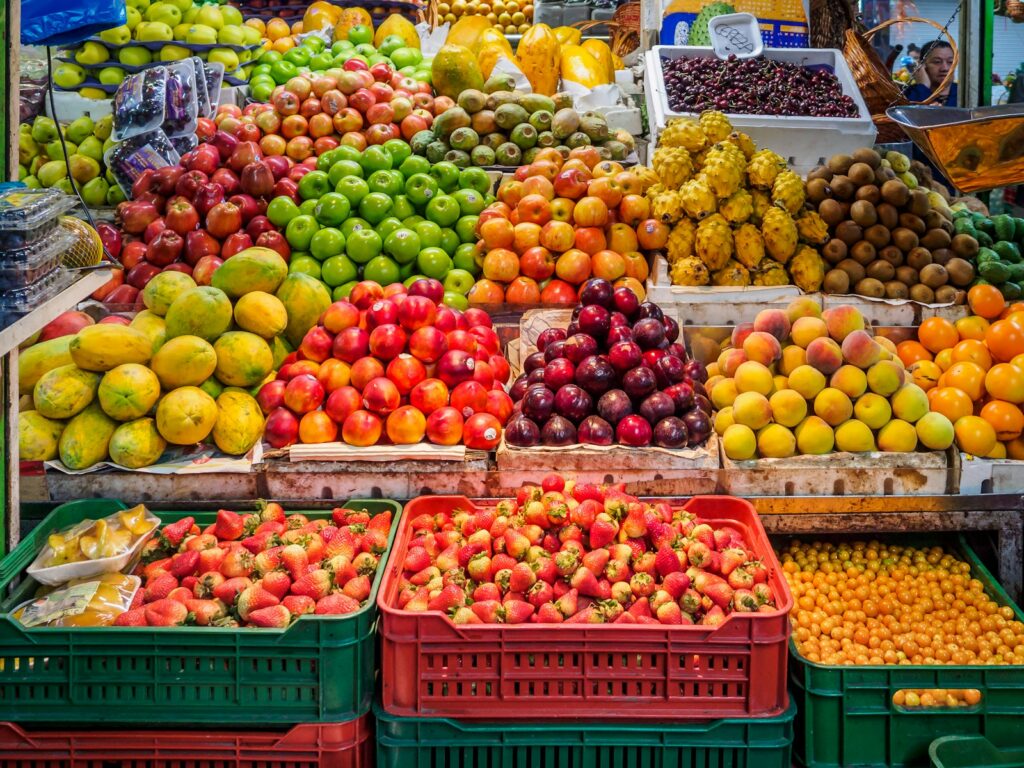
Developing a strategic rotation of safe fruits ensures your exotic bird receives a comprehensive range of nutrients without developing unhealthy preferences. Create a weekly schedule that incorporates at least 5-7 different fruits, balancing berries, tropical fruits, and local seasonal options. Consider your bird’s natural habitat – rainforest species often thrive with tropical fruits like papaya and mango, while birds from temperate regions may prefer berries and apples. Track which fruits provide which primary nutrients to ensure balanced intake – for example, pairing vitamin A-rich mangoes with vitamin C-packed kiwi and antioxidant-rich berries provides complementary benefits. Seasonal rotations also help mirror the natural dietary variations wild birds would experience, supporting their biological rhythms.
Monitoring Health Impacts of Fruit Consumption

Carefully observing your bird’s response to different fruits provides valuable insights into their individual nutritional needs and tolerances. Pay close attention to droppings after introducing new fruits – changes in consistency, color, or frequency may indicate digestive sensitivity to certain options. Weight maintenance represents another crucial indicator; excessive fruit consumption can sometimes contribute to obesity in sedentary birds due to natural sugar content. Feather quality often reflects nutritional status – improved shine, strength, and vibrant coloration may indicate beneficial nutrient absorption from well-chosen fruits. Behavioral changes like increased energy, enhanced playfulness, or stronger vocalizations often signal positive nutritional impacts from dietary improvements.
Conclusion
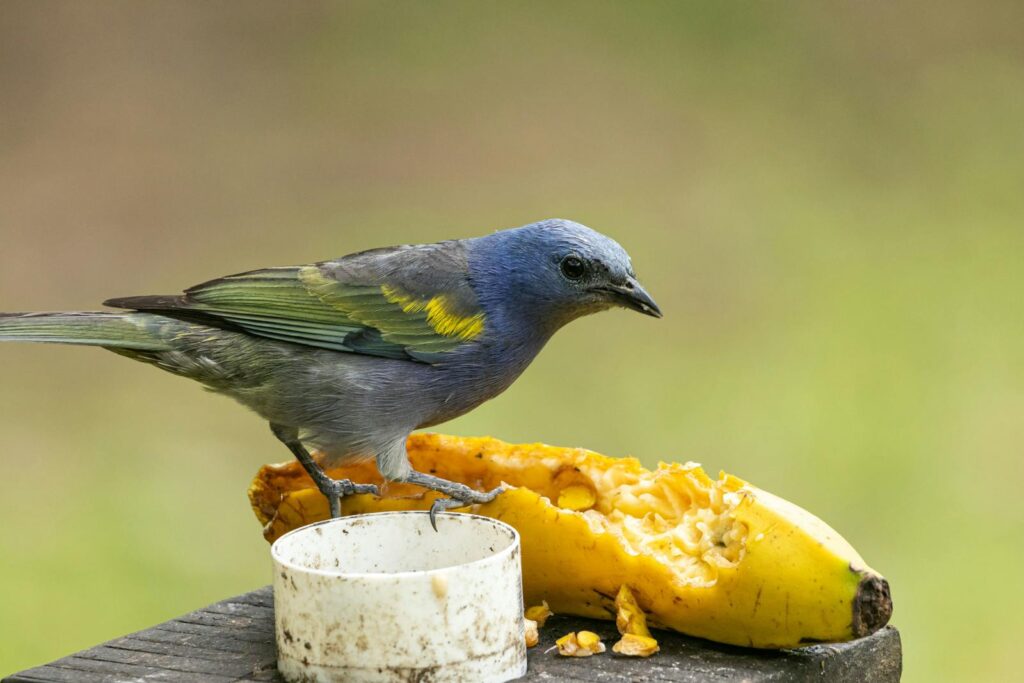
Understanding the safest and most nutritious fruits for exotic birds empowers owners to make informed choices that significantly enhance their pets’ health and quality of life. By providing a thoughtfully curated rotation of berries, tropical fruits, and other safe options while avoiding dangerous varieties, you create a diet that supports optimal physical functioning, mental stimulation, and natural behaviors. Remember that individual birds may have unique preferences and sensitivities, so observation and adaptation remain essential components of responsible avian nutrition. With proper selection, preparation, and moderation, fruits can transform your exotic bird’s diet from merely adequate to exceptionally nourishing, potentially adding years of vibrant health to your feathered companion’s life.

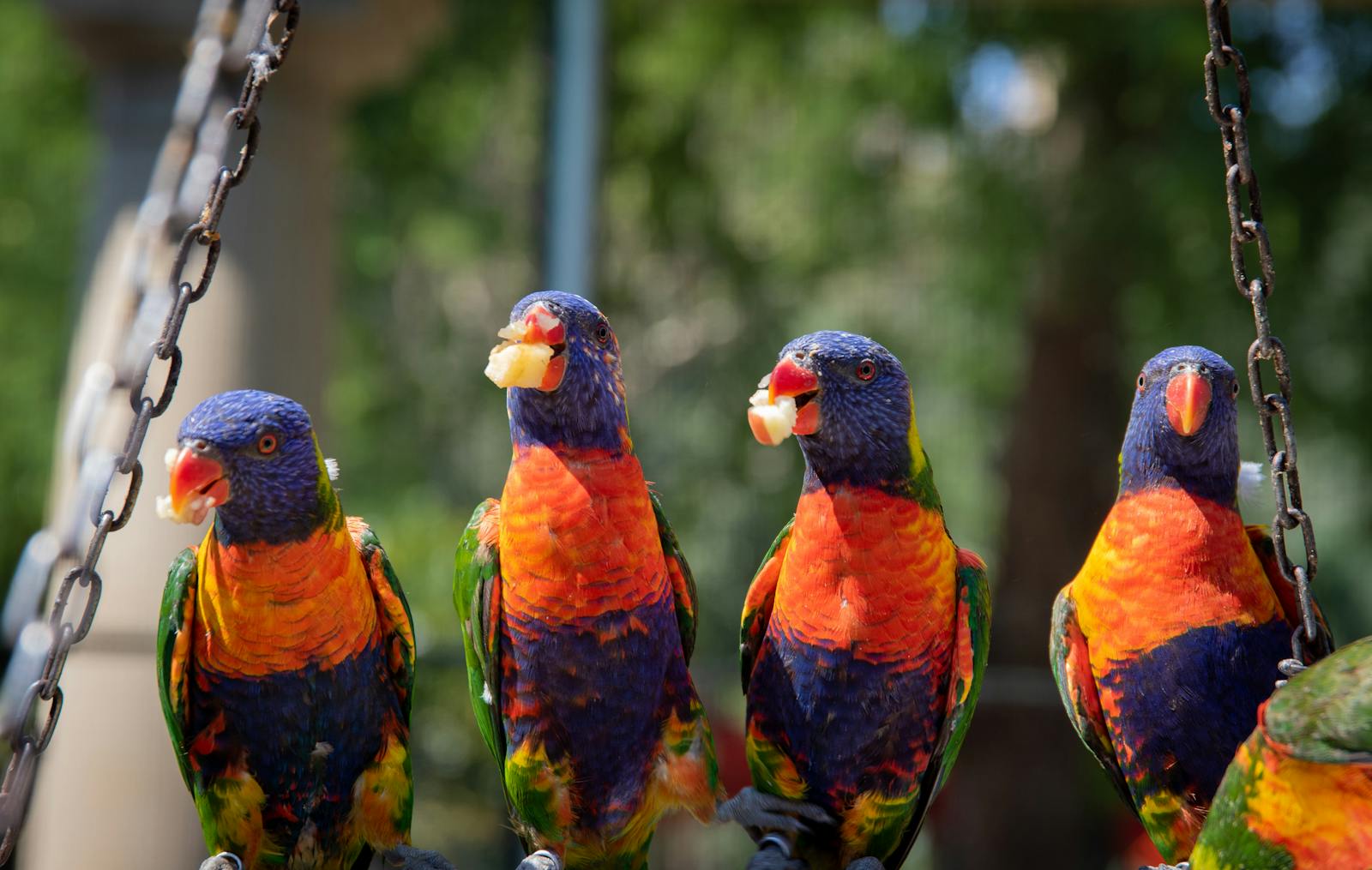


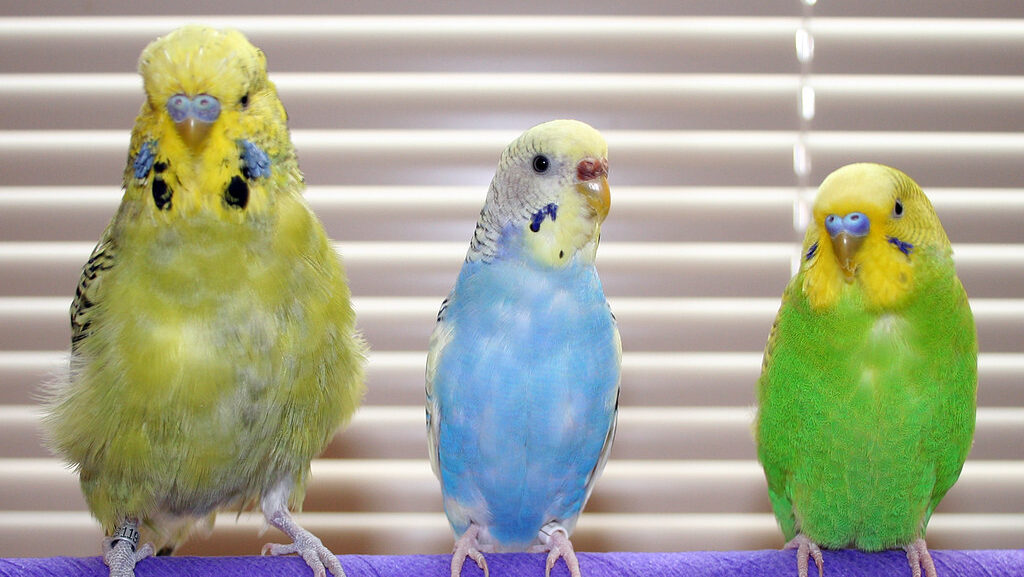
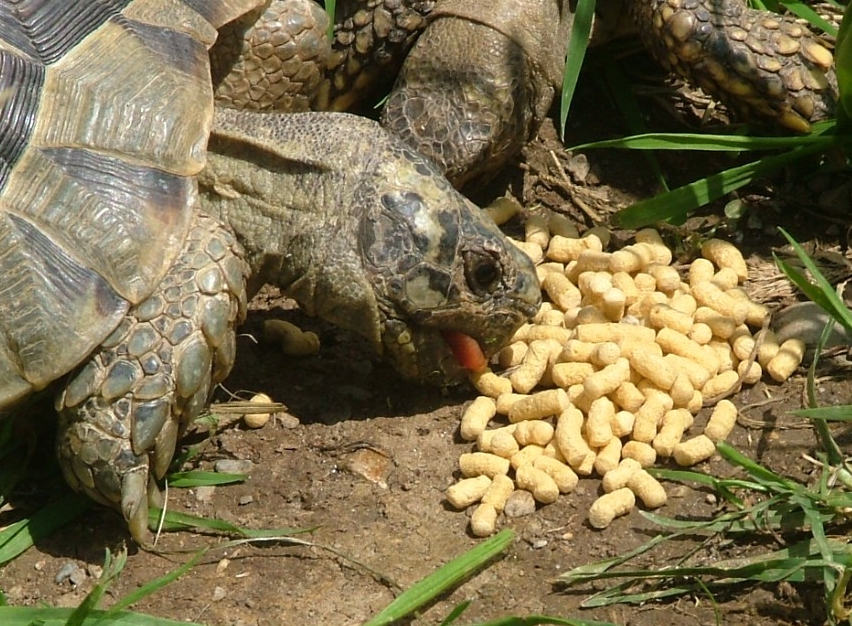

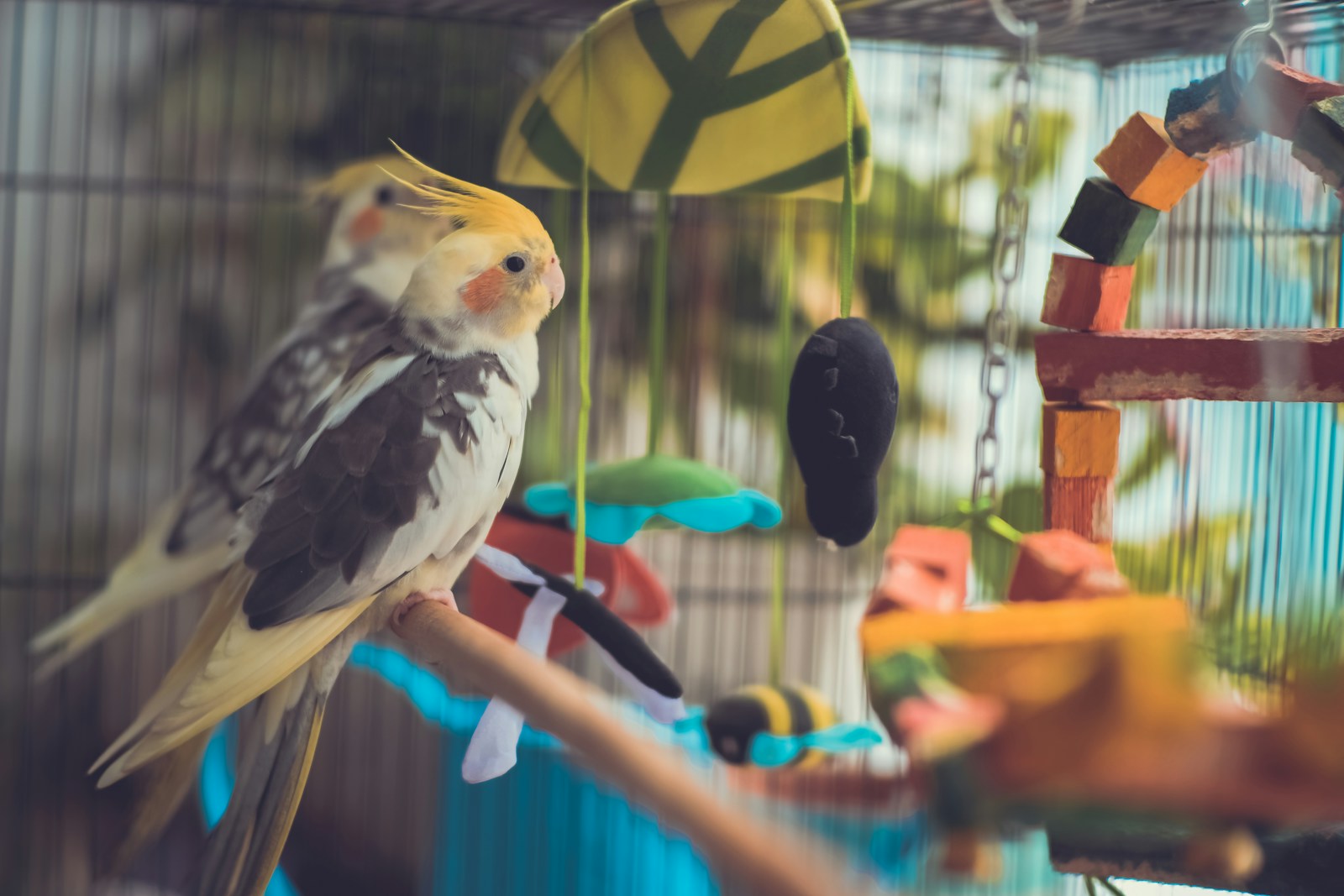
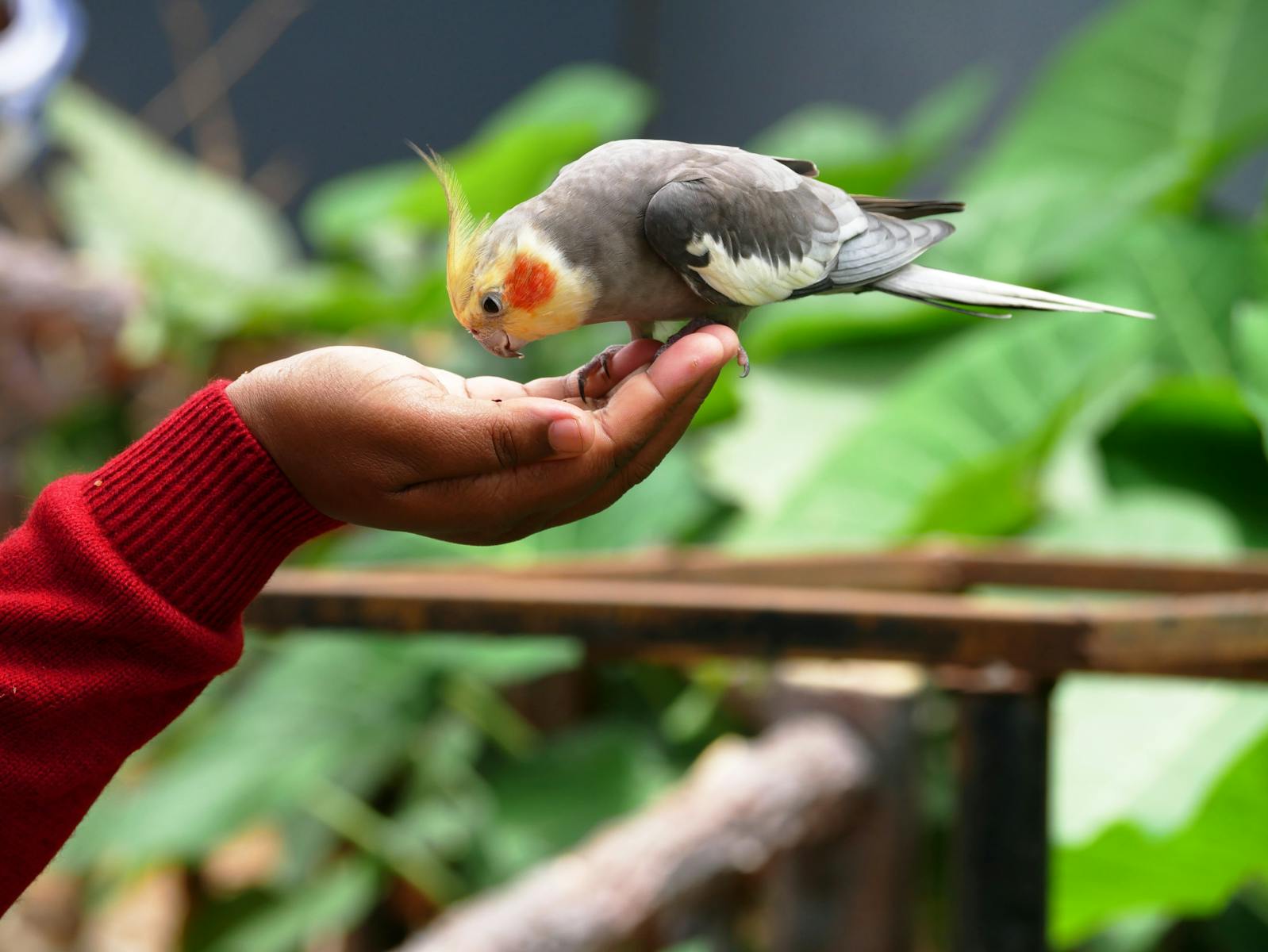
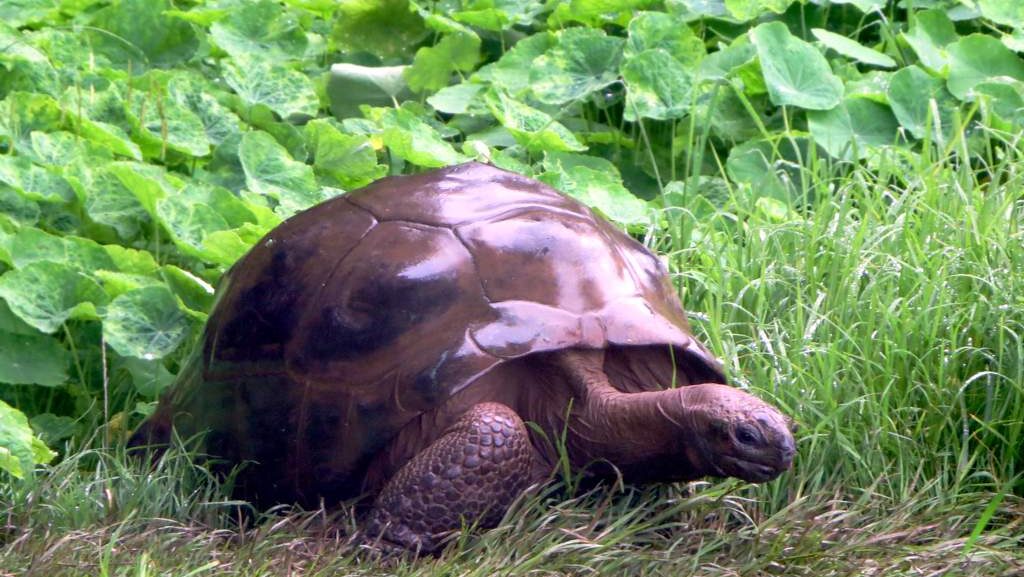
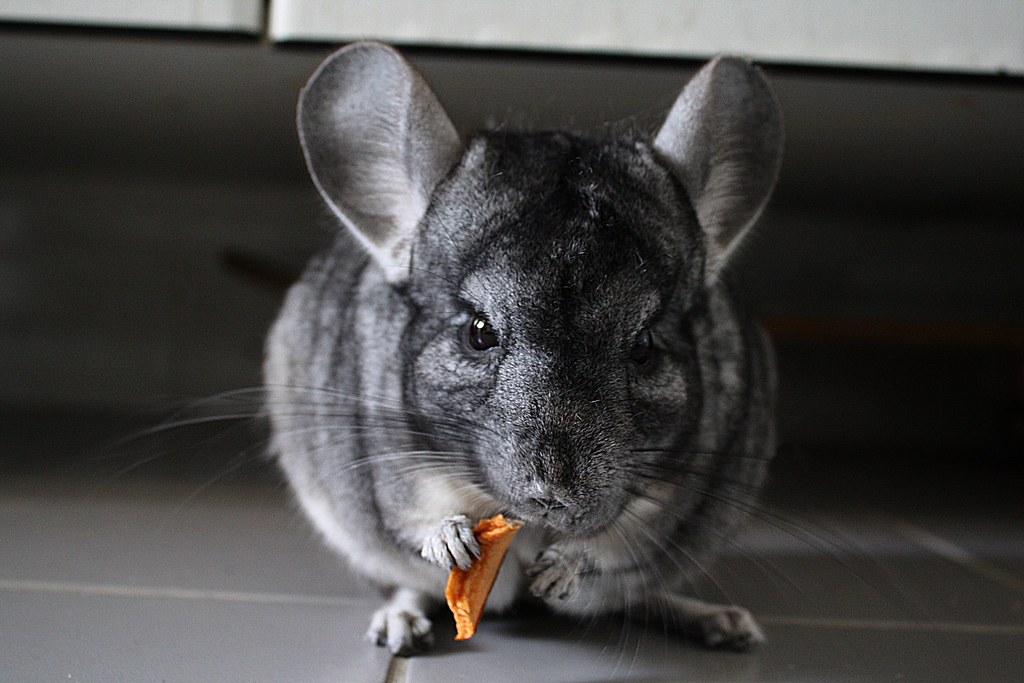
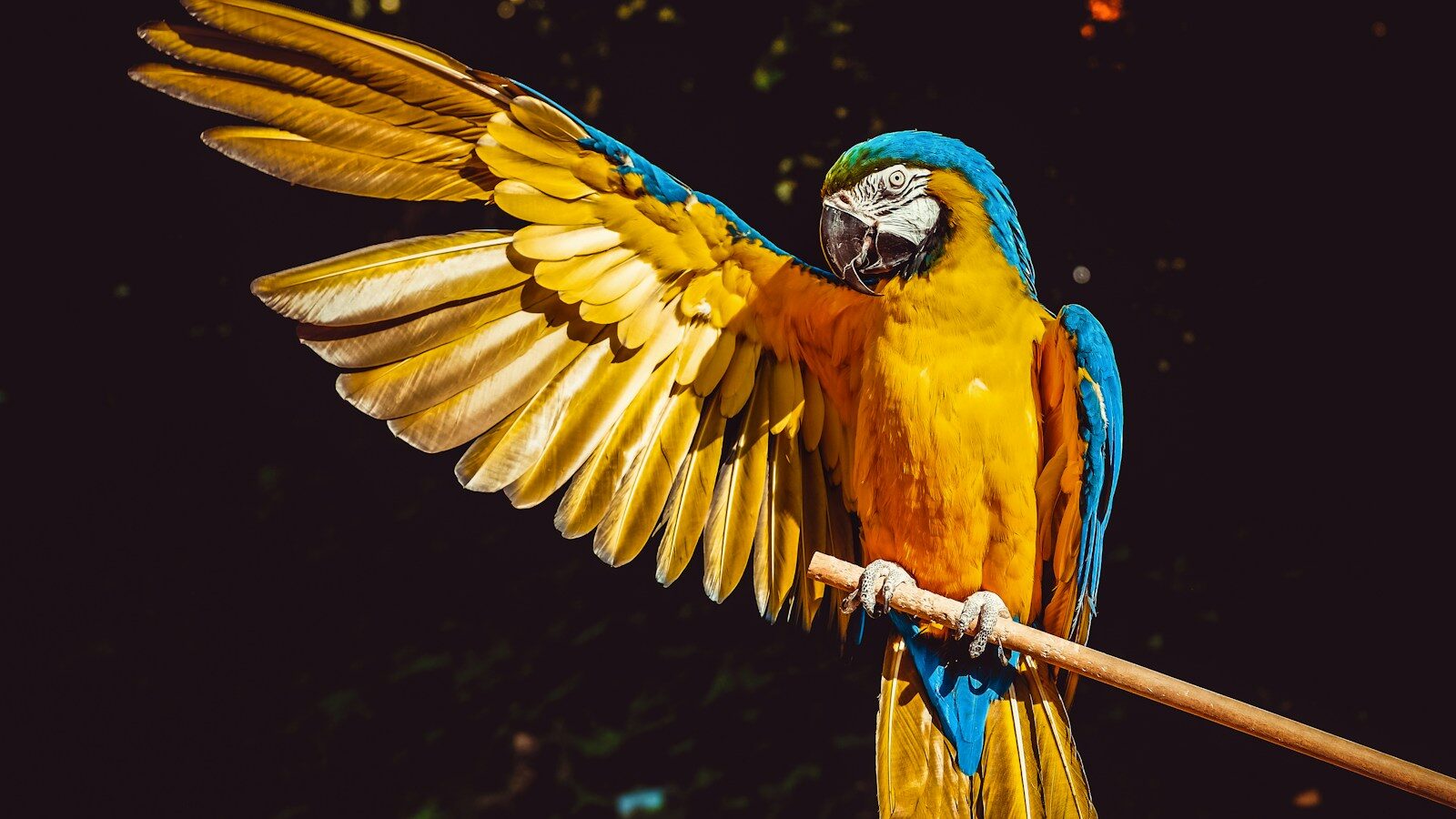




Leave a Reply